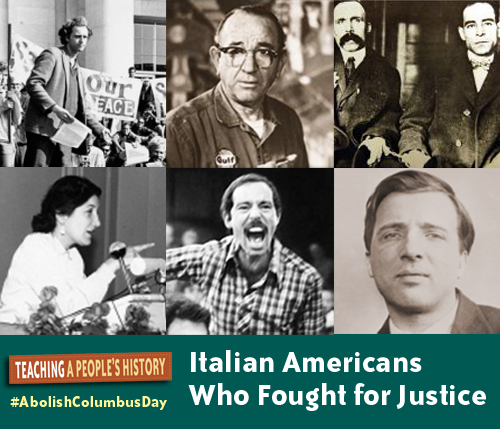 Want to honor Italian heritage? Skip Columbus and learn about these justice fighters.
Want to honor Italian heritage? Skip Columbus and learn about these justice fighters.
In the fight to abolish Columbus Day, we invariably hear from people who defend the holiday because it recognizes a historic figure of Italian heritage. This despite Columbus’ legacy of slavery and terrorism.
Our response is that there are many other people of Italian heritage worthy of attention — people who have played an active role in the struggle for labor rights, gay and lesbian rights, human rights, and civil rights. Here are just a few people of note of Italian heritage.
We welcome your suggestions of people to add to this list. Email zep@zinnedproject.org. You can find more suggestions in Living the Revolution: Italian Women’s Resistance & Radicalism in NYC, 1880-1945.
Students can also consider how to memorialize key events and organizations in history. See “People’s History Through Art: Projects by High School Students” about the work of Hayley Breden and her students in Colorado.
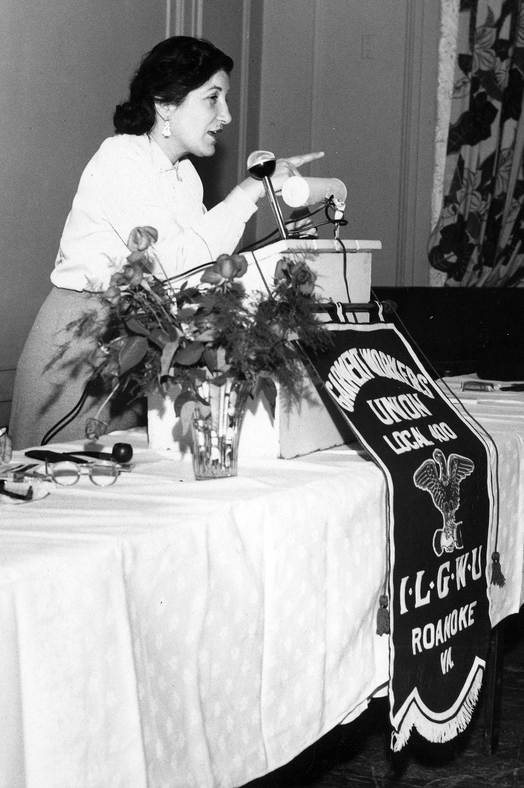 Angela Bambace speaks at a podium on behalf of ILGWU, Roanoke, VA. Image: Kheel Center /Cornell University. |
Angela BambaceIn 1955, Angela Bambace (1889-1975) became the first Italian immigrant woman to hold a leadership position in the International Ladies Garment Workers’ Union (ILGWU) as vice president. Bambace’s family had moved from Italy to the United States, settling in East Harlem, where Bambace’s mother worked in the garment industry. After completing high school in 1917, Angela and her sister Maria joined their mother at a shirtwaist factory operating sewing machines. There the young women were exposed to the exploitative and dangerous working conditions for women workers of the garment industry. When the Amalgamated Clothing Workers Association (ACWA) began the fight to unionize the shop, Angela and Maria participated in walk-outs, strikes, and other forms of protest, marking the beginning of their long lives as labor activists. Bambace’s organizing expanded into the network of New York City garment worker organizers and she quickly became known as a fierce champion of labor rights. She would go on to unionizing garment workers in Baltimore, serve as the district manager for the states of Delaware, Maryland, and West Virginia, and become vice president of the ILGWU. Bambace died of cancer at the age of 86 in 1975. [By Kathryn Anastasi.] |
|
|
Maria and Pietro BottoA young immigrant couple from northern Italy, in 1892 Pietro and Maria Botto moved to New Jersey where Pietro found work in the silk mills. During the nearby Paterson Silk Strike of 1913, the Botto’s invited strike leaders and organizers with the Industrial Workers of the World (IWW) to hold meetings and rallies at their home. The Botto House, as it was known, became a central hub for those on strike, and organizers who spoke from the house included Big Bill Haywood, Elizabeth Gurley Flynn, Upton Sinclair, Carlo Tresca, Adolph Lessig, and many others. Today, the Botto House is an official National Historic Landmark and home of the American Labor Museum. |
|
|
RoseAnn DeMoroRoseAnne DeMoro was the Executive Director of National Nurses United, the nation’s largest union and professional association for registered nurses. Born in the suburbs of St. Louis, Missouri, DeMoro grew up working class. In 1977, she and her husband moved to California where DeMoro pursued a doctorate in sociology at the University of California at Santa Barbara. It was during this time that she decided to shift careers and joined the Teamsters as a labor organizer. In 1986, she joined the California Nurses Association and helped the organization grow into one of the most powerful unions in the country, eventually combining in 2009 with other major nurse associations to form National Nurses United. As one of the fastest-growing organizations in the U.S., National Nurses United represents 170,000 registered nurses. Under DeMoro’s leadership, the group became known for running well-publicized and creative campaigns and taking on some of the toughest opponents in politics and government. To date, the organization has led influential campaigns for limits on managed care abuses, landmark reforms for patients, such as campaigning for the expansion of Medicare to cover more patients, record improvements for registered nurses, and reforms on nurse-to-patient care. [Adapted from Business Week/National Nurses United and BillMoyers.com.] |
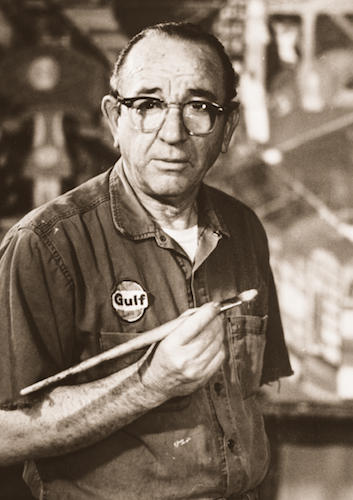 |
Ralph FasanellaRalph Fasanella (1914-1997) worked in machine shops and dress shops, drove trucks, pumped gas, and organized workers for higher wages and a better life. He was also a self-taught artist. Many of his paintings reflect a nation of working people who took collective action to improve life on and off the job. Fasanella encouraged people to remember our history and heritages, “Lest we forget.” [From the Ralph Fasanella website.] Fasanella fought with the Abraham Lincoln Brigade during the Spanish Civil War. While he began painting in the 1940s, his work did not reach national acclaim until after the McCarthy era, in the 1970s. One of his most recognized paintings is of the 1912 Lawrence Textile Strike.  The Great Strike: Lawrence 1912. © Estate of Ralph Fasanella. Click to enlarge. Learn more about Fasanella at www.fasanella.org. |
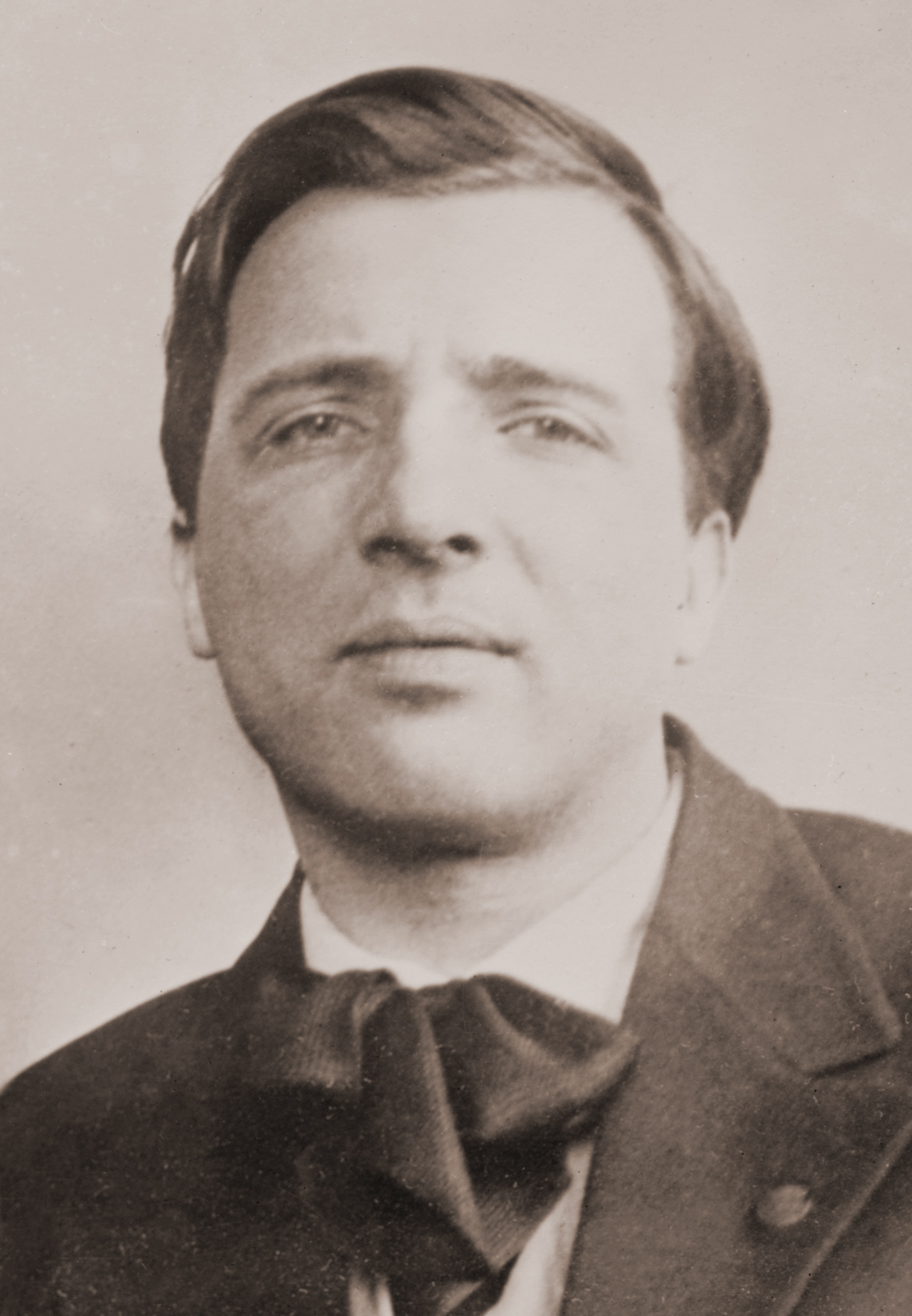 Arturo Giovannitti at the time of his trial, September 1912. Image: Library of Congress |
Arturo M. GiovannittiArturo Giovannitti (1884-1959), was a poet and labor organizer. In 1912, he traveled to Lawrence, Massachusetts to help his friend and fellow I.W.W. organizer Joseph Ettor lead the Textile Mill Strike, known as the Bread and Roses Strike. Mill owners accused Giovannitti and Ettor with inciting violence. When textile worker Ana LoPizzo was killed during a clash with state militia, striker Joseph Caruso was charged for the murder, and Giovannitti and Ettor were charged as accessories to murder, although they were miles away from the scene. Their trial gained international attention. In a closing statement to the jury, Giovannitti spoke about his dedication to the ideals of the working class (Voices of a People’s History, pp. 274-277): We shall return again to our humble efforts, obscure, humble, unknown, misunderstood — soldiers of this mighty army of the working class of the world, which out of the shadows and the darkness of the past is striving towards the destined goal, which is the emancipation of human kind, which is the establishment of love and brotherhood and justice for every man and every woman in this earth. On Nov. 26, 1912, all three men were acquitted of the charges. [Sources: ItalyHeritage.com, Voices of a People’s History, and Bread and Roses Centennial Exhibit] Learn more about Arturo Giovannitti at www.italyheritage.com. |
Father James GroppiFather James Groppi was a Catholic priest who helped win the 1968 fight for open-housing in Milwaukee by leading 200 consecutive daily marches through the streets there. From 1965 to 1975, ”Groppi” was a common headline word nationally as he led demonstrations for civil rights, welfare rights, Native Americans, and against war. Since being excommunicated for his marriage in 1976, he had considered himself a ”Catholic in exile.” He participated in the march from Selma to Montgomery, Alabama. He was then assistant pastor of St. Boniface Catholic Church in a predominantly Black section of Milwaukee. Groppi had been arrested for the first time when he and other clergy formed a human chain in front of a Milwaukee school to protest de facto segregation. This short description is from the Chicago Tribune. Read in full. Read more about Groppi in an online profile at the Encyclopedia of Milwaukee and in the book, Lessons from the Heartland: A Turbulent Half-Century of Public Education in an Iconic American City. |
|
|
|
Viola Liuzzo FamilyViola Liuzzo (1925 – 1965) was a civil rights activist who was brutally killed by the KKK. Luizzo was driving people home from the March to Selma in 1965, when a car pulled up alongside her vehicle and began shooting, killing Luizzo. Luizzo was born Viola Gregg. She married a man of Italian descent, Anthony Luizzo, and raised a family. After her death, a smear campaign ensued that was mounted by J. Edgar Hoover and the FBI [COINTELPRO], as a means of diverting attention from the fact that a key FBI informant was in the car with Liuzzo’s killers. The campaign, as well as violent behavior, took a toll on Luizzo’s family. A group of people had tried to break down the Liuzzos’ door, and a cross was burned on their lawn. Luizzo’s daughter Sally Liuzzo-Prado recalls one morning after her mother’s death, “These people — grown-ups — lined the street and were throwing rocks at me, calling me ‘N-lover’s baby.’ I didn’t know what that meant.” On May 3, 1965, the trial of Liuzzo’s killers began. One of the men in the car, Gary Thomas Rowe Jr., was an FBI informant and thus was protected by the FBI. The three others were indicted on a state charge of murder and a federal charge of civil rights violation. In the federal trial the defendants were found guilty and were sentenced to ten years in prison, a landmark in southern legal history. [Adapted from NPR’s “Killed For Taking Part In ‘Everybody’s Fight’” and the Viola Liuzzo Collection.] Read more in our #tdih post. |
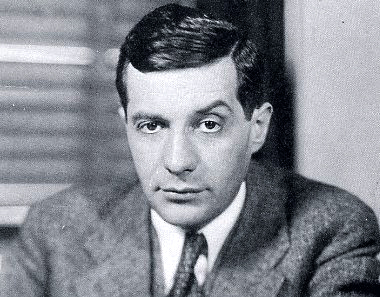 |
Vito MarcantonioElected to Congress from New York’s ethnically Italian and Puerto Rican East Harlem slums, Vito Marcantonio, in his time, held office longer than any other third-party radical, serving seven terms from 1934 to 1950. Colorful and controversial, Marcantonio captured national prominence as a powerful orator and brilliant parliamentarian. Often allied with the U.S. Communist Party (CP), he was an advocate of civil rights, civil liberties, labor unions, and Puerto Rican independence. He supported social security and unemployment legislation for what later was called a “living wage” standard. And he annually introduced anti-lynching and anti–poll tax bills a decade before it became respectable. He also opposed the House Un-American Activities Committee (HUAC), redbaiting, and antisemitism, and fought for the rights of the foreign-born. He was a bold outspoken opponent of U.S. imperialism. [Biography by John J. Simon from “Rebel in the House: The Life and Times of Vito Marcantonio” at MonthlyReview.org.] Learn more at www.vitomarcantonio.org. |
Tony MazzocchiAnthony “Tony” Mazzocchi was a 20th-century labor activist who became a leader known for his radical politics, solidarity with the environmental movement, and dedication to union organizing. Born in Brooklyn in 1926, he grew up in the Great Depression and dropped out of high school to join the Army during World War II. When he returned from the war, he worked in several trades and was elected to be president of his local by age 26. The United Steelworkers Tony Mazzocchi Center (USWTMC) for Health, Safety and Environmental Education describes the progress he helped working people achieve: Some of his local’s achievements included the first dental plan in the country, early support for the civil rights movement, massive organizing efforts all over the New York area, and the rebuilding of the entire Democratic party of Long Island. Mazzocchi was appointed Oil, Chemical and Atomic Workers citizenship-legislative director in 1965 and moved to Washington, D. C. In this capacity, he discovered that workers across the country were facing clouds of toxic substances on the shop floor. He developed a national mobilization and educational campaign that led to the passage of the Occupational Safety and Health Act of 1970. He also was the first union activist to unite with environmentalists who helped to pass the Clean Air Act and other environmental bills. In addition to these legislative successes, Mazzocchi invented the concepts of “Right to Know” and “Right to Act” for the toxic substances faced at work and was the first unionist to conduct education on global warming. He was also a friend and collaborator of union organizer Karen Silkwood, who famously blew the whistle on dangerous conditions related to the production of nuclear power at the Kerr McGee Company. Learn more about his life in the book The Man Who Hated Work and Loved Labor: The Life and Times of Tony Mazzocchi by Les Leopold and in his obituary at the New York Times. |
|
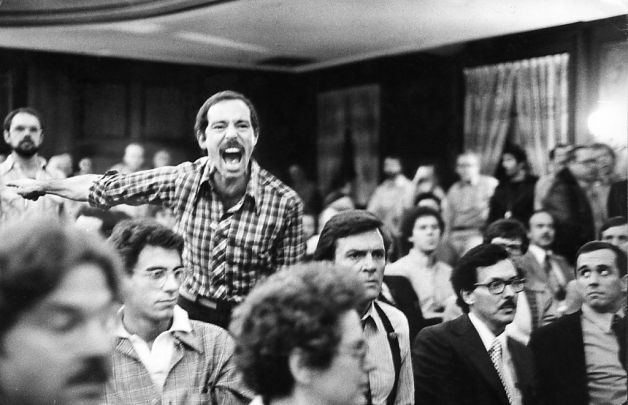 Vito Russo. Film still from “Vito.” |
Vito RussoI was fighting for the generations that were going to come after me so that young gay people who were 14 or 15 wouldn’t have to grow up the way we did. — Vito Russo Vito Russo (1946-1990) was a gay rights activist and a film historian. Russo is best known for his groundbreaking book The Celluloid Closet: Homosexuality in the Movies, an exploration of the ways in which gays and lesbians were portrayed in film, what lessons those characters taught gay and straight audiences, and how those negative images were at the root of society’s homophobia. In 1985, Russo help founded GLAAD, an organization that monitors LGBT representation in the media. [Sources: LGBT History Month website, Vito film, and Celluloid Activist: The Life and Times of Vito Russo] Read more about Russo at LBGThistorymonth.com and in the biopic, Vito. View a video of Wallace Shawn reading Russo’s “Why We Fight” on the Voices of a People’s History Vimeo page. See the film, How to Survive a Plague. |
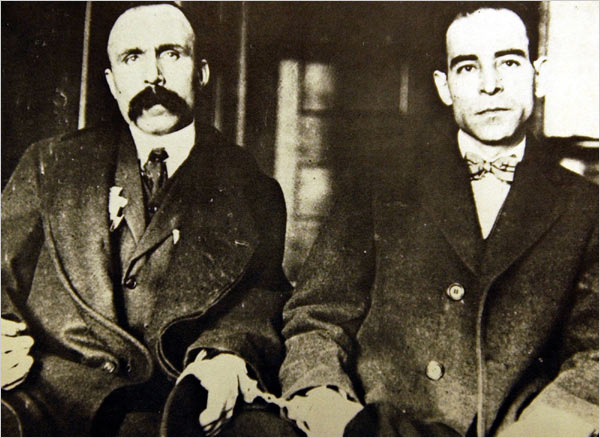 Bartolomeo Vanzetti and Nicola Sacco, handcuffed, in the Dedham, Massachusetts Superior Court, 1923. |
Sacco and VanzettiOn July 14, 1921, anarchists Nicola Sacco and Bartolomeo Vanzetti were found guilty of murder despite a lack of evidence and an international campaign for their release. The trial took place during the height of the Red Scare, and symbolized the prejudice views against immigrants, labor unions, and political radicals that was fueled by the Department of Justice raids — known as “the Palmer Raids” — in targeted communities. Sacco and Vanzetti were executed on August 23, 1927. Read Woody Guthrie’s ballads about the trial. Read an article by Howard Zinn about the relevance of this case today and read Instead of Columbus Day, Italian-Americans Should Celebrate Sacco and Vanzetti Day on August 23 in Teen Vogue. View a video of Steve Earle reading Vanzetti’s speech to the court on the Voices of a People’s History Vimeo page. |
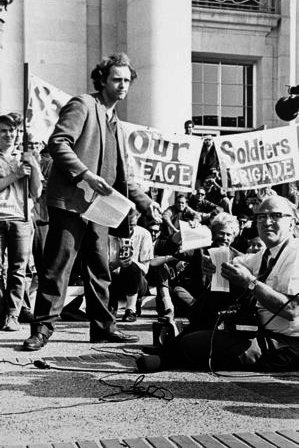 Mario Savio on Sproul Hall steps at UC-Berkeley, 1966, at a rally protesting the University’s ban on the distribution of political material on campus. Image: Creative Commons. |
Mario SavioIn 1964, Mario Savio (1942-1996) came to public notice as a spokesperson for the Free Speech Movement at the University of California-Berkeley, where he led a non-violent campaign to inspire thousands of fellow Berkeley students to protest university regulations, which severely limited political speech and activity on campus. Savio had volunteered with the Student Nonviolent Coordinating Committee (SNCC) in Mississippi during Freedom Summer in 1964. He planned to raise money for SNCC on his return to university. That was when he learned of the ban on political activity and fundraising. He launched the first protest on October 1, 1964 when a fellow student was arrested for distributing literature from the Congress of Racial Equality (CORE). The non-violent campaign culminated in the largest mass arrest in U.S. history, drew widespread faculty support, and resulted in a revision of university rules to permit political speech and organizing. This significant advance for student freedom rapidly spread to countless other colleges and universities across the country. Read more. Also read, “Remembering Mario Savio, ‘Freedom’s Orator‘” by Tom Hayden in The Nation. |
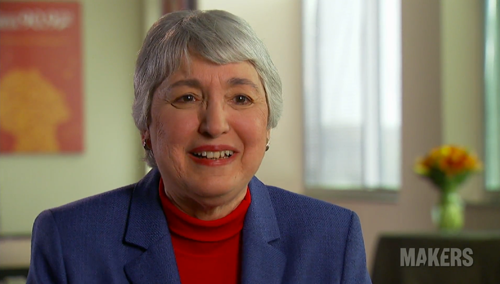 |
Eleanor SmealOnce you recognize discrimination, you see it everywhere. Injustice doesn’t live forever. But it takes constant work, and it takes standing up, and you can’t worry about what people are thinking. — Eleanor Smeal For more than 30 years, Eleanor Smeal has been on the frontlines fighting for women’s equality and is currently president of the Feminist Majority Foundation, which she co-founded. Recognized throughout the nation as a women’s rights leader, for more than two decades Eleanor Smeal has played a leading role in both national and state campaigns to win women’s rights legislation and in a number of landmark state and federal court cases for women’s rights. One of the architects of the modern drive for women’s equality, Smeal is known as a political analyst, strategist, and grassroots organizer. She has played a pivotal role in defining the debate, developing the strategies, and charting the direction of the modern day women’s movement. Smeal was the first to identify the “gender gap”—the difference in the way women and men vote—and popularized the usage of the term “gender gap” in election and polling analyses to enhance women’s voting clout. [Description adapted from the Feminist Majority Foundation.] |
 |
Bruce Springsteen and Steven Van ZandtMusician and songwriter Bruce Springsteen’s career has spanned several decades, and in that time he has become known as a champion of the working class. Springsteen, with the E Street Band, has put his support behind various social causes including participating in the No Nukes concert and album in 1979, the “Sun City: Artists United Against Apartheid” in 1985 (organized by friend and bandmate Steven Van Zandt, also Italian American, pictured left), and cancelling a 2016 North Carolina concert in protest of the anti-LGBT law. In a 2007 interview, Springsteen credited Howard Zinn as one of his inspirations. “A People’s History of the United States had an enormous impact on me. It set me down in a place that I recognized and felt I had a claim to. It made me feel that I was a player in this moment in history, as we all are, and that this moment in history was mine, somehow, to do with whatever I could. It gave me a sense of myself in the context of this huge American experience and empowered me to feel that in my small way, I had something to say, I could do something. It made me feel a part of history, and gave me life as a participant.” Springsteen contributed to The People Speak film with a rendition of “Ghost Of Tom Joad” and a cover of “This Land Is Your Land.” In addition to being a musician, actor, producer, and activist, Steven Van Zandt launched TeachRock.org to help bring the history of rock ‘n’ roll into the classroom. |
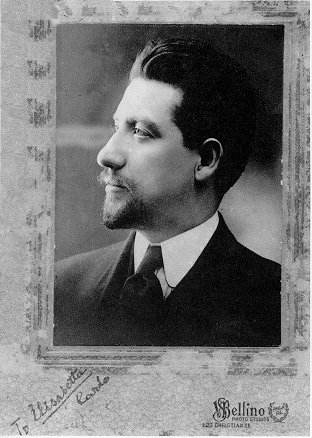 |
Carlo TrescaCarlo Tresca (1879-1943) was an Italian-born American anarchist, newspaper editor, and labor agitator. During the first half of the 20th century, Tresca was a riveting speaker for the Industrial Workers of the World, and put himself on the frontline of some of the most significant labor strikes of the era including Lawrence, Paterson, and Ludlow. He also played a key role in the unsuccessful attempt to save his fellow Italian-American anarchists Sacco and Vanzetti from execution. As an editor and journalist for several underground anarchist papers including his own publication, Il Martello (The Hammer), Tresca wrote scathing attacks on labor agents, bankers, consular officials, and priests. In the 1930s, he condemned Stalin’s repressive tactics and particularly, the liquidation of anarchists and other non-communist loyalists during the Spanish Civil War. But his most fervent vitriol was reserved for Italy’s Fascist regime. Tresca’s relentless war of words against the Fascisti would prove to be the greatest crusade of his life, prompting the Italian Ambassador to the U.S. to request that Tresca be deported or “silenced.” But deportation attempts failed, and the indefatigable Tresca refused to be silenced. When one of his papers was closed down, he’d simply start another. [Description adapted from OnThisDeity.com by Dorian Cope.] |

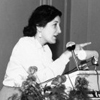
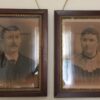

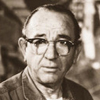
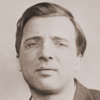
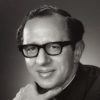
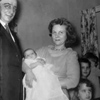
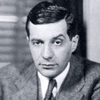 Vito Marcantonio
Vito Marcantonio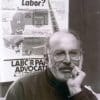



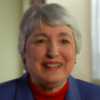

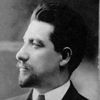
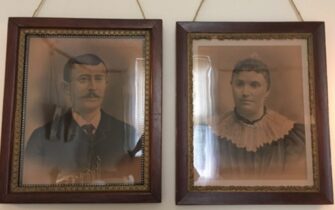


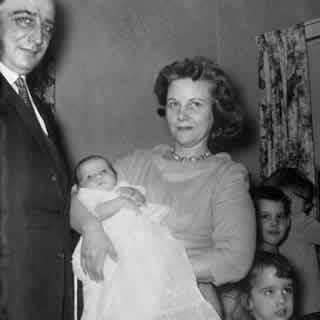
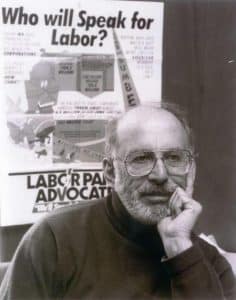
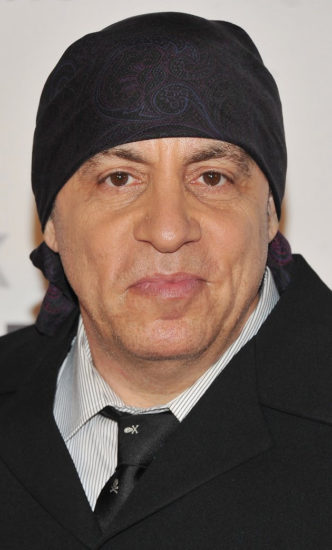
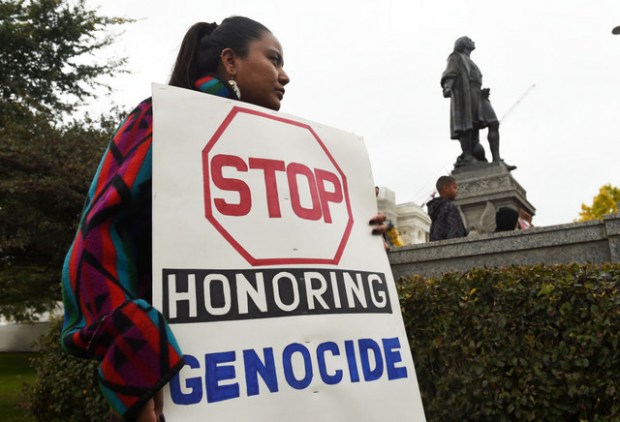
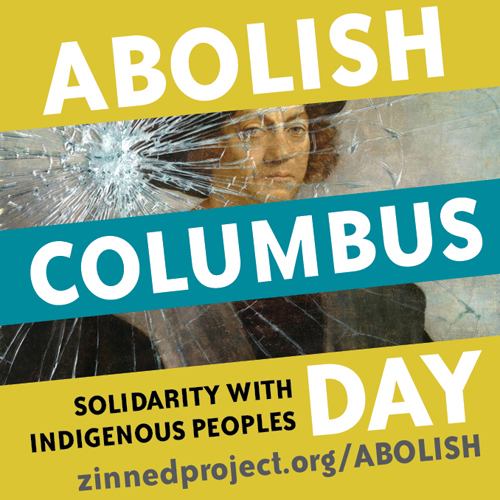



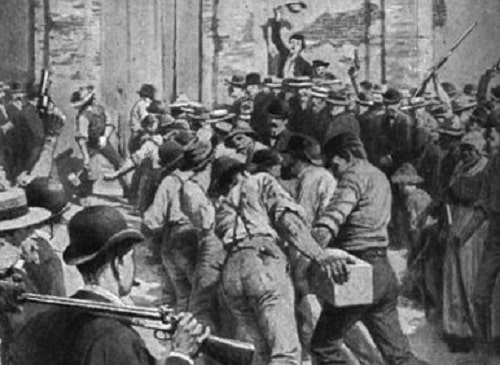
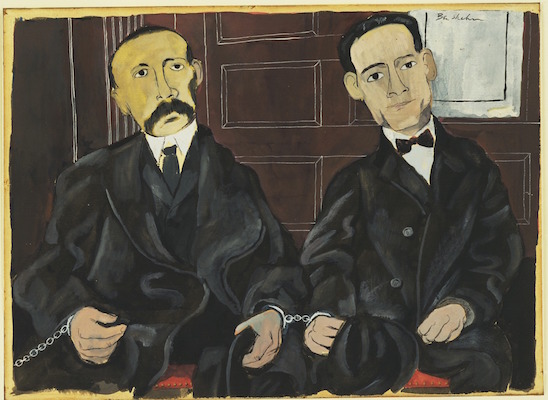






Anna Lopizzo killed during the Bread and Roses Strike-Jan. 29, 1912…Age 34 https://www.youtube.com/watch?v=OE9JTGxnCxY
“Our only escape is to think.” Fred Friendly
Only one mentioned in the Civil Rights Movement, though…